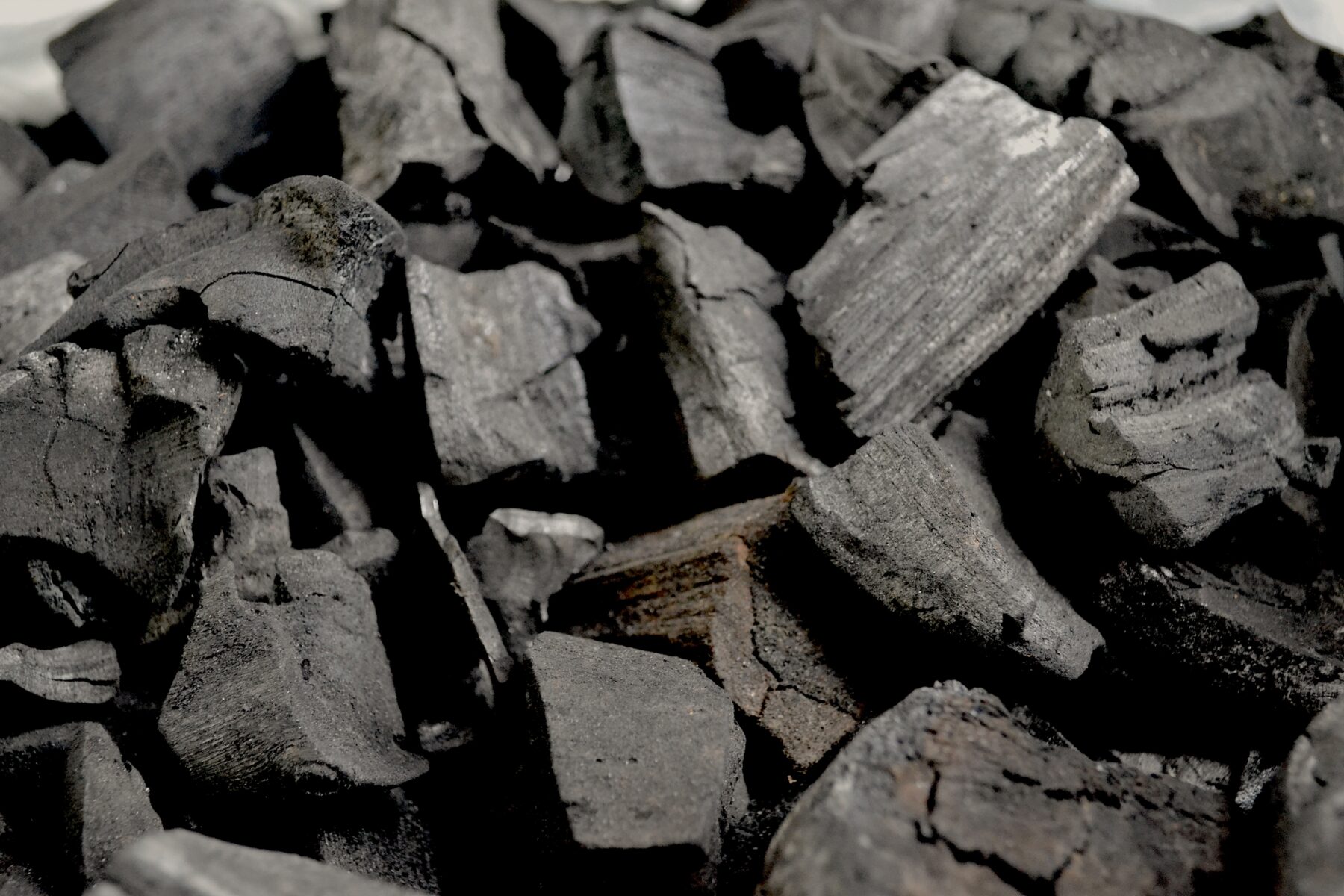

Transporting coal according to the IMDG code
Numerous fires have been reported on board vessels transporting activated carbon.
Coal, a sensitive cargo.
Coal, a sensitive cargo.
Numerous fires have been reported on board ships carrying activated carbon and coal of animal or vegetable origin. In most cases, coal was either not correctly declared, or simply not declared as a dangerous good: coal is assigned to class 4.2 (material subject to spontaneous ignition). The IMDG code specifies that these UN numbers may heat up slowly and ignite spontaneously in air.
A special provision to be aware of.
Special Provision 925 of Chapter 3.3 of the IMDG Code allows tests to be carried out for these two UN numbers. Special Provision 925 is assigned to UN numbers UN 1361 and UN 1362 and specifies that the provisions of the IMDG Code do not apply:
– Non-active carbon blacks of mineral origin
– A shipment of coal which has passed the spontaneous heating test in accordance with the Manual of Tests and Criteria (see 33.4.3.3), and which is accompanied by the relevant certificate issued by a laboratory recognized by the competent authority, attesting that trained personnel from the laboratory in question have correctly taken the sample from the product to be loaded and that the test has been properly and successfully passed.
– Steam-activated coals.
Additional advice on container stuffing (CNIS)
The publication of the CINS (Cargo Incident Notification System) on the transport of coal in containers provides important clarification on this subject.
– Container selection: the type and size of container should be selected according to the principle of maximum filling of the loading chamber to reduce air (oxygen) in the container.
– Packaging (reminder): individual packaging must not exceed 50 kg and must be water-resistant and tear-resistant.
– Stuffing: Cargo temperature should not be more than 5°C above ambient temperature.
– Procedure: An expert’s report at the time of stuffing should confirm the above points and identify the cargo cooling procedure prior to stuffing.
It is strongly recommended that containers be inspected before being loaded on board ship.
The case of unregulated coal.
It should be noted that even coal not subject to the IMDG Code must be declared to the sea carrier by providing proof of a certificate less than 6 months old from an accredited laboratory.
Coal not classified as dangerous goods (having been tested in a laboratory) does not mean that there is no risk for shipowners.
Indeed, according to the CNIS publication, even unregulated coal should be notified to the shipowner and considered as a special cargo in terms of its characteristics.
Inspections during container stuffing.
As stated in the CNIS publication, container inspection prior to loading on board ships is strongly recommended. A potting survey is recommended, specifying the above-mentioned points of vigilance.
Inspections and expert appraisals are therefore desirable for the loading of coal into containers, whether or not the coal is subject to the provisions of the IMDG Code.
In all cases, stuffing operations must be checked against the CSC convention (container), the CTU code and the IMDG code (stuffing, packing, etc.).
We use thermal imaging to detect any abnormal rise in temperature and ensure that the load meets the variousCNIS requirements and recommendations (product temperature compared with ambient temperature at the time of stuffing).
Related posts
Loading dangerous goods (IMDG)
The transport of dangerous goods is governed by the IMDG code for maritime shipm
How to reduce the cost of securing?
Is it possible to reduce costs while maintaining or increasing the performance o
Container stuffing according to the CTU Code
Transporting goods is a complex process that requires a great deal of attention




